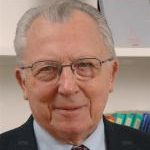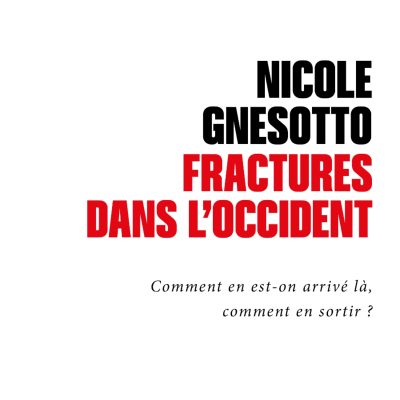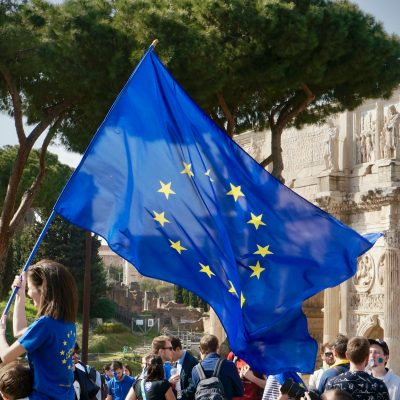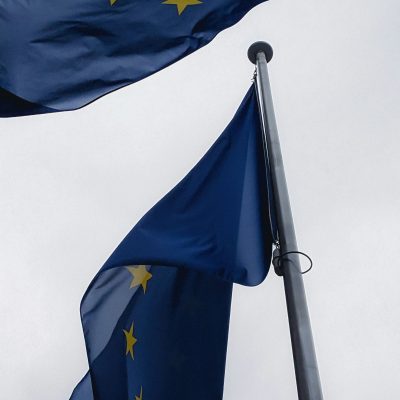[FR] Where is the European Union heading?
Series of lectures given by Jacques Delors in the United States (26 March-4 April 2001)
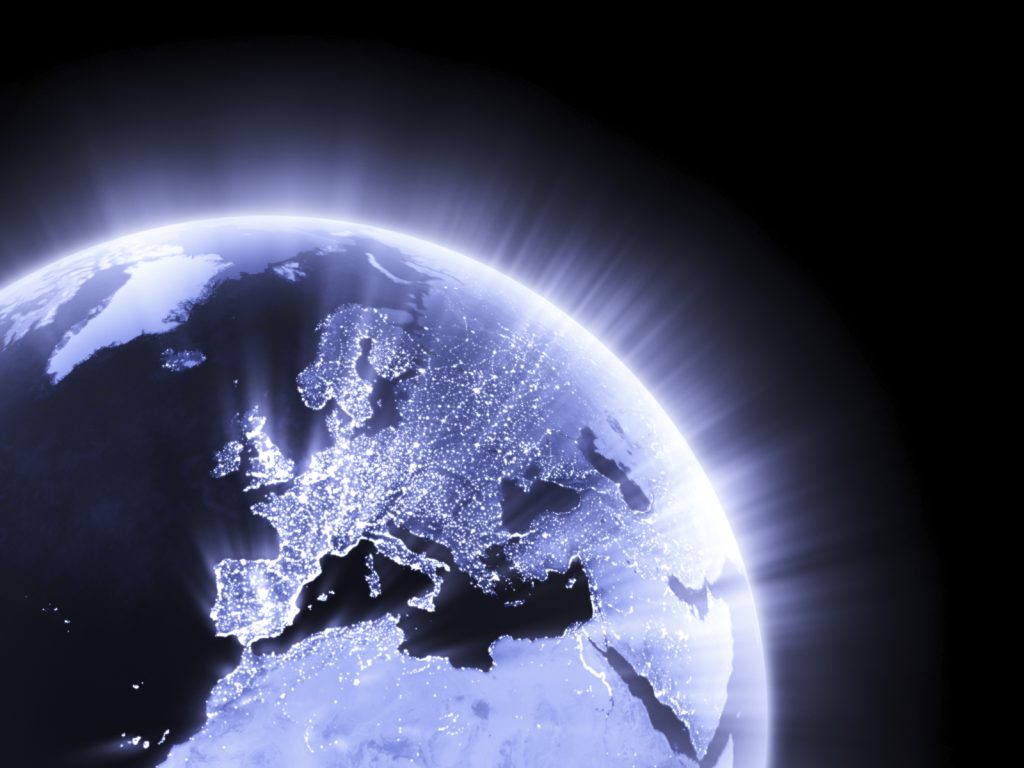
When, in the years following the end of the 1939–1945 war, the political project of modern Europe was born, the phrase most often used to describe it was ‘the construction of the United States of Europe’. The reference to the great American democracy was transparent. It was the slogan of the famous Hague Congress in 1948 and one that recurred constantly in the work of the Jean Monnet Committee, which accompanied the first steps of the modern European adventure. Today, this formulation would be considered too naive, and it has been abandoned in discussions about Europe. This is because, in the meantime, experience has taught us how difficult such a project is. Political Europe is not the construction ex nihilo of a nascent democracy. It is gradually taking shape through the integration of nation states that have been firmly established over two centuries of European history and whose permanence is stubborn. This form of political organisation remains the preferred means of forming and expressing the democratic will of European citizens. It explains why we are in fact trying to invent a form of political organisation that is unlike anything that has been attempted anywhere in the world to date. This is the first idea I would like to express: the European Union is not a state that has found its boundaries, its form of organisation and its democratic rules. It is a work in progress, on which we must look at the sign saying “work in progress”.
The second idea I would like to put forward is that this construction cannot be compared to a long, peaceful river that is constantly widening its bed. There have certainly been periods of euphoria and expansion. But there have also been severe crises and periods of paralysis due not only to traditional conflicts of interest, but also to unacknowledged differences over the ultimate goal of the venture. That is why, when we talk about Europe, we must always ask ourselves: ‘What is currently dominating the state of European integration?’ From this point of view, it seems clear to me that we are currently in a period of uncertainty. We have enlarged four times, from six to 15 Member States, without worrying about how our institutions could cope with this increase in numbers, which was accompanied by greater economic, social and cultural disparities. We are on the eve of further enlargement, particularly to the countries of Central and Eastern Europe, which could bring us to 27 or more participants, with disparities that are incomparable to those of the past. This explains the great difficulty we are encountering in resolving problems related to decision-making within the Council of Ministers and the functioning of the European executive.
I felt that these preliminary remarks were necessary before moving on to the rest of my speech: where are we in the formulation of the European project? What objectives should be set for the project of European reunification with the countries of Central and Eastern Europe? How can we keep alive the objective of an “ever closer union among the peoples”?

